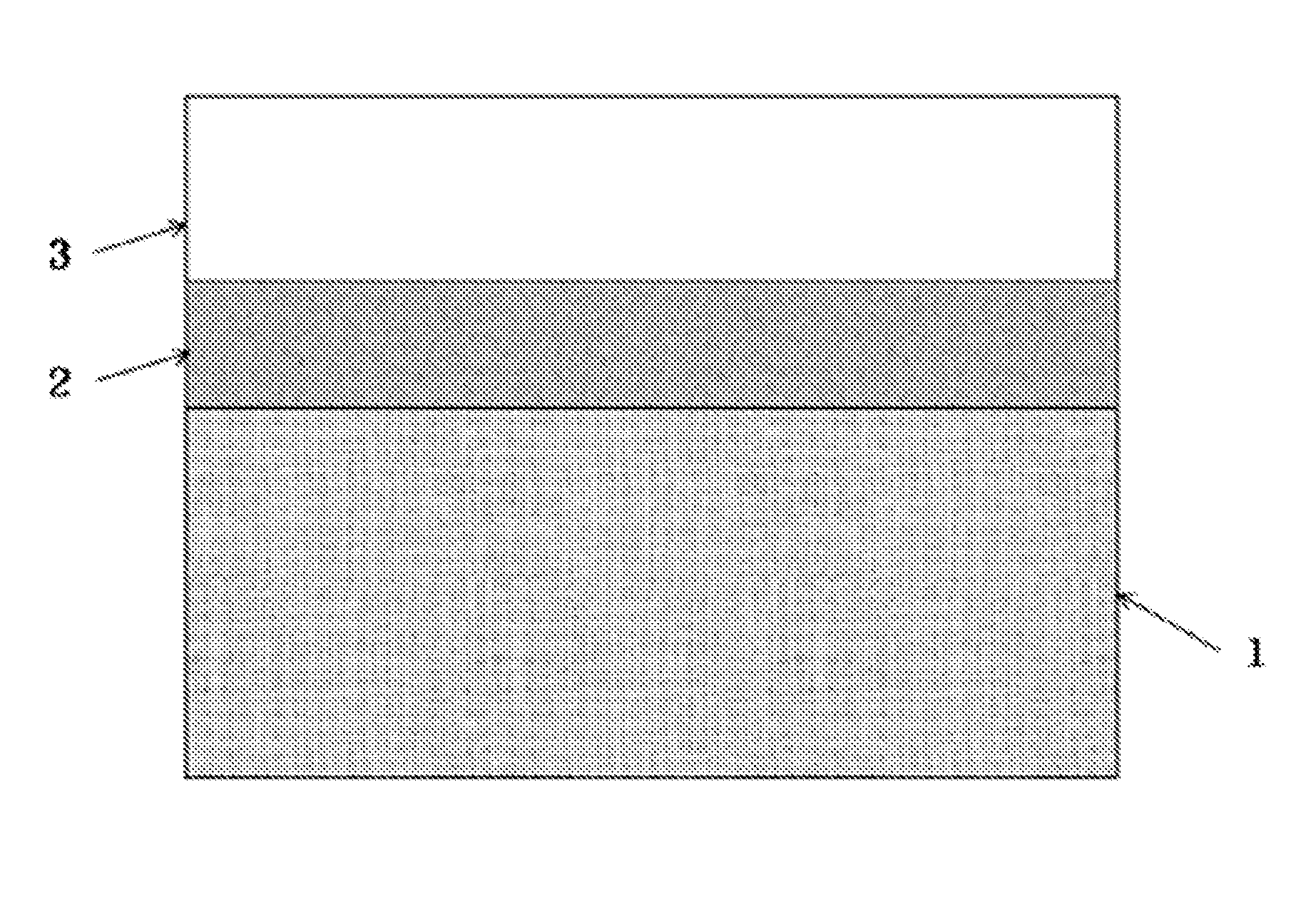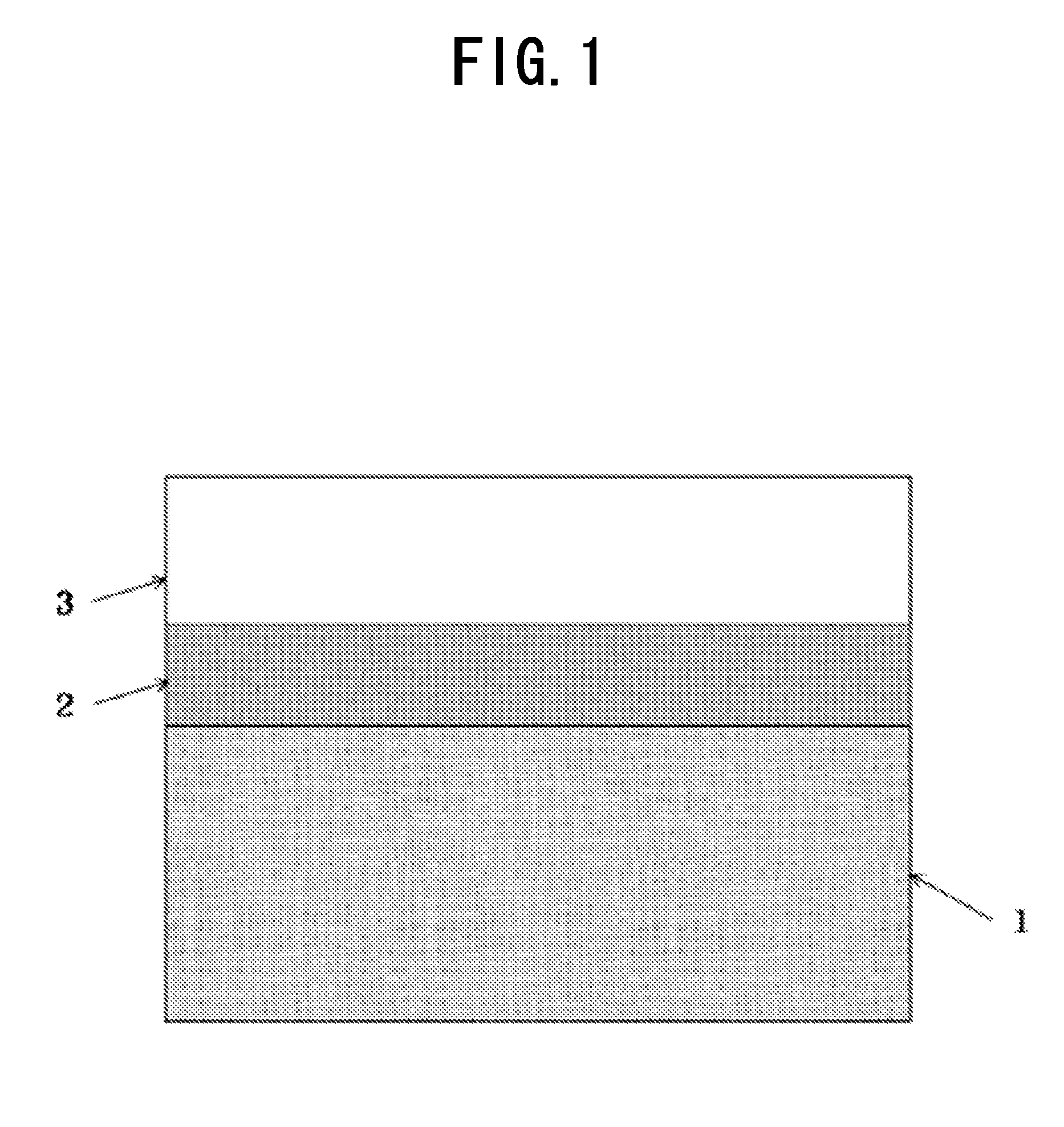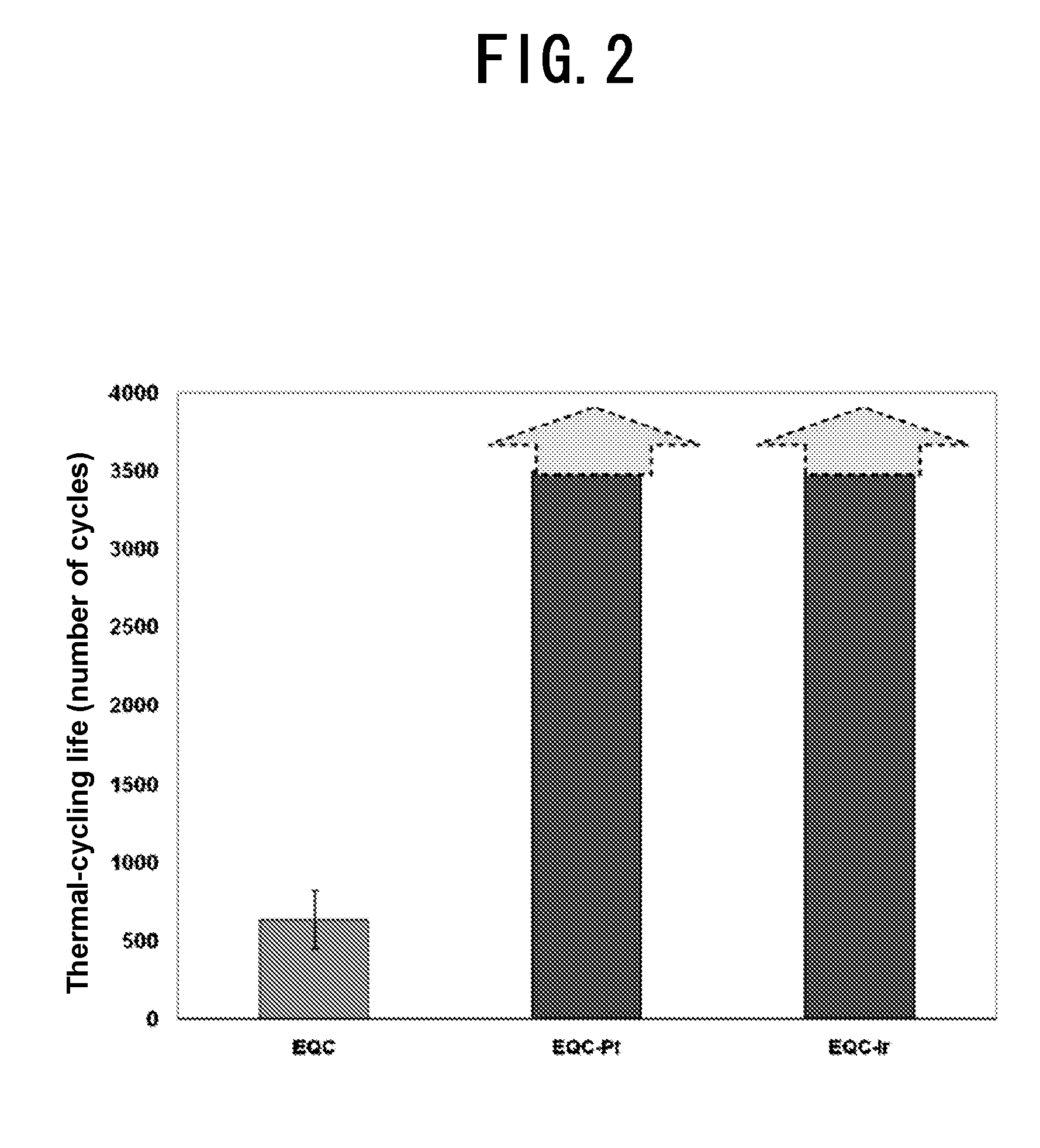Heat-resistant component
- Summary
- Abstract
- Description
- Claims
- Application Information
AI Technical Summary
Benefits of technology
Problems solved by technology
Method used
Image
Examples
examples
[0061]The Ni-based superalloy component of the present invention will hereinafter be described by referring to examples.
[0062]A forth-generation Ni-based monocrystal superalloy (TMS-138A) proposed by the inventors was selected as an alloy base material.
[0063]The alloy composition of molten metal was adjusted using a vacuum melting furnace, and Ni-based monocrystal superalloy ingots were cast. Table 1 lists the compositions of the cast alloys. Alloy ingots used to form a bond coat layer were manufactured in the same manner. Table 1 lists the compositions of the ingots manufactured.
[0064]The base alloy composition of the ingots used for the bond coat layer is based on the composition of the γ′ phase of the above-mentioned fourth-generation Ni-based monocrystal superalloy (TMS-138A), with elements Re and Ru, which are very expensive, excluded from the alloy component (hereinafter referred to as EQC). The bond coat material of the present invention is formed by adding Pt or Ir to this b...
PUM
| Property | Measurement | Unit |
|---|---|---|
| Fraction | aaaaa | aaaaa |
| Fraction | aaaaa | aaaaa |
| Fraction | aaaaa | aaaaa |
Abstract
Description
Claims
Application Information
 Login to View More
Login to View More - R&D
- Intellectual Property
- Life Sciences
- Materials
- Tech Scout
- Unparalleled Data Quality
- Higher Quality Content
- 60% Fewer Hallucinations
Browse by: Latest US Patents, China's latest patents, Technical Efficacy Thesaurus, Application Domain, Technology Topic, Popular Technical Reports.
© 2025 PatSnap. All rights reserved.Legal|Privacy policy|Modern Slavery Act Transparency Statement|Sitemap|About US| Contact US: help@patsnap.com



